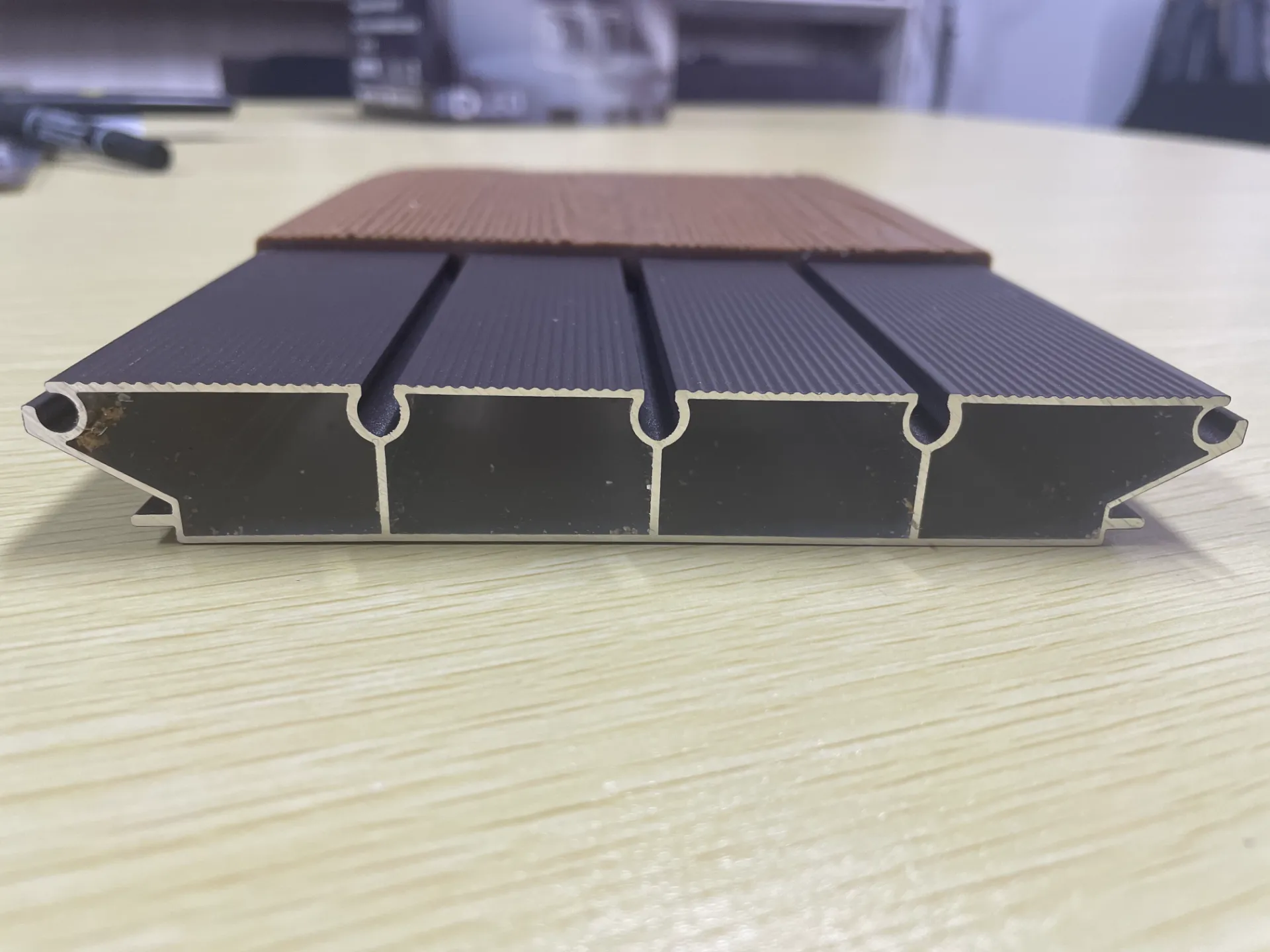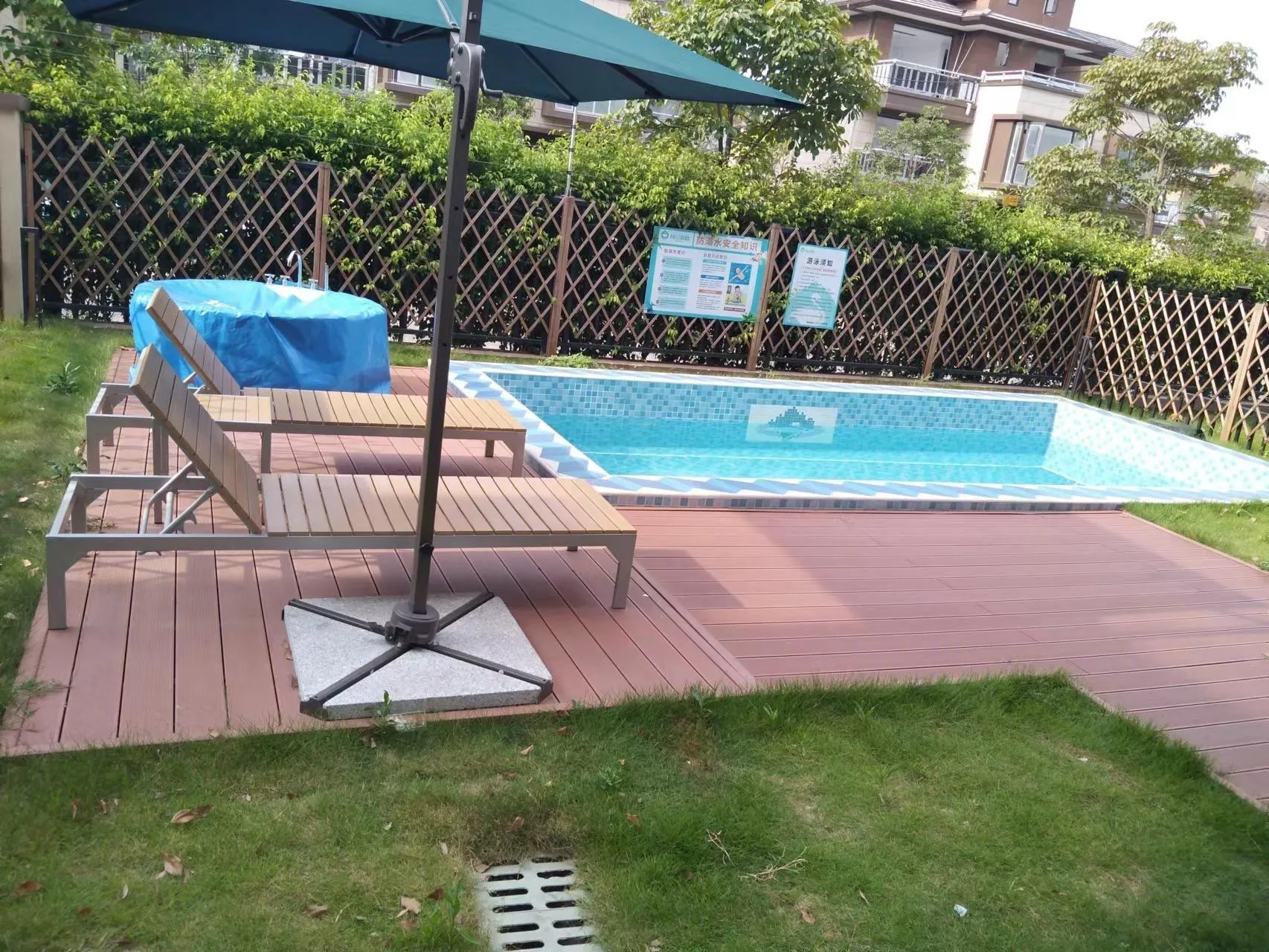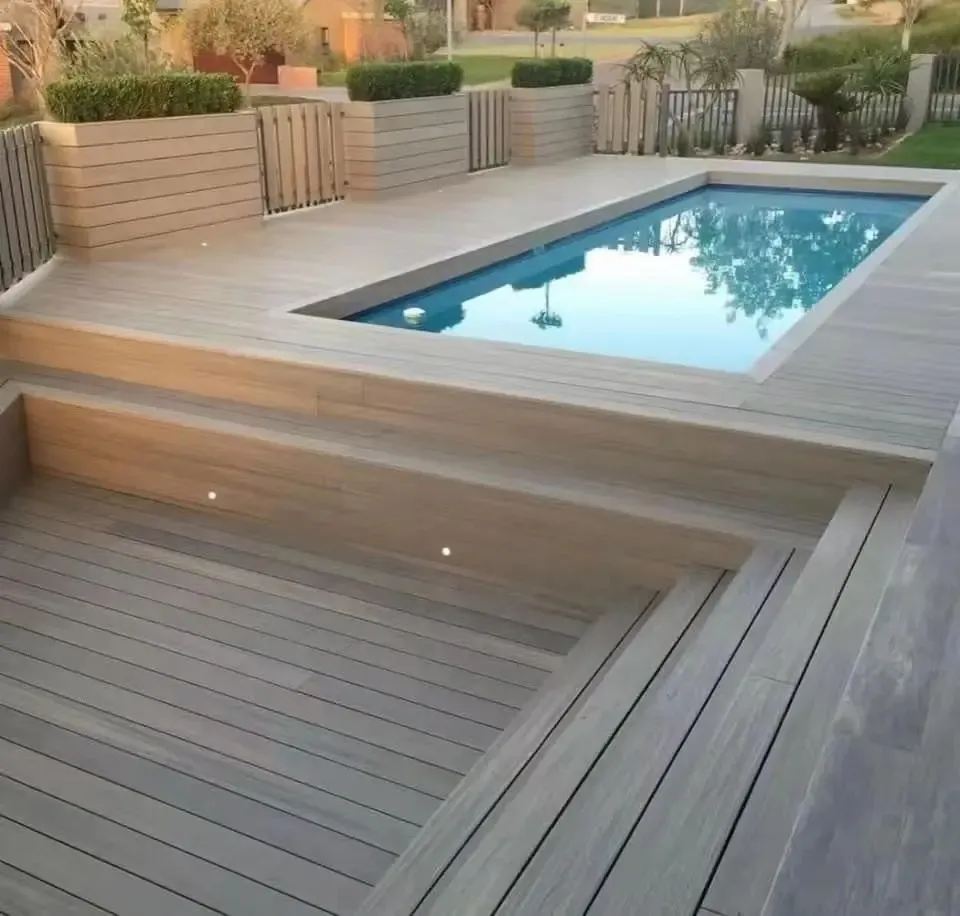- NEWS
- What Are Decks Made of
What Are Decks Made of
When considering outdoor spaces, the importance of a well-constructed deck cannot be overstated. The deck serves as a versatile area for relaxation, entertainment, and family gatherings. However, the durability and aesthetic appeal of a deck largely depend on the materials used in its construction.

The Composition of Decks
Decks can be constructed from a wide variety of materials, each offering unique benefits and characteristics. The choice of material can influence longevity, maintenance needs, and overall appearance.
1. Wood
Wood is the traditional choice for decking and remains popular due to its natural beauty and warmth. The most commonly used types of wood include:
Pressure-Treated Lumber: This is the most affordable option. Pressure-treated wood is treated with chemicals to resist rot, insects, and decay. It is widely available and easy to work with, making it a preferred choice for many homeowners. However, it requires regular maintenance to maintain its appearance and durability.
Cedar and Redwood: These types of wood are naturally resistant to moisture and insects. They are also aesthetically pleasing, with rich colors and grains. However, they tend to be more expensive than pressure-treated lumber and may require periodic sealing to protect against UV damage.
Tropical Hardwoods: Decks made from tropical woods like Ipe, Teak, and Mahogany are known for their exceptional durability and resistance to the elements. These woods have a longer lifespan, but their cost can be significantly higher than other options. Additionally, they require special tools for cutting and installation.
2. PVC
Polyvinyl chloride (PVC) is another synthetic option that offers high durability and low maintenance. It is 100% plastic, which means it won’t absorb moisture, and it won’t warp, splinter, or fade. Key features of PVC include:
Water Resistance: Impervious to water, making it an ideal choice for humid climates or areas prone to rain.
Variety of Colors and Textures: Comes in various colors and finishes, allowing homeowners to achieve their desired look without compromising on quality.
Easy Installation: Lightweight and easy to handle, making the decking installation process quicker and more efficient.
3. Aluminum
Aluminum is a less common material for decking but provides unique benefits. It is extremely durable, resistant to rust, and can withstand extreme weather conditions. Benefits include:
Fire Resistance: Non-combustible, providing added safety in fire-prone areas.
Sustainability: Recyclable, making it an eco-friendly choice.
Low Maintenance: Similar to composite and PVC, aluminum requires minimal upkeep, typically needing just a wash to keep it clean.

Decking Installation Process
Once you've selected the material, the next step is the decking installation process. Proper installation is crucial for the longevity and performance of the deck.
1. Planning and Design
Before any physical work begins, it’s essential to plan the design. This includes determining the size, shape, and layout, along with any additional features like railings, stairs, or built-in seating. Local building codes and regulations should also be reviewed to ensure compliance.
2. Preparation of the Site
The area where the deck will be installed needs to be prepared. This may involve clearing the space of debris, leveling the ground, and marking the layout with stakes and string.
3. Foundation and Framing
The foundation of the deck is critical for its stability. This typically involves installing concrete footings and posts, followed by framing the outline of the deck with beams and joists. Proper spacing and alignment are essential during this phase.
4. Installing the Decking Material
Once the framing is complete, the chosen decking material can be installed. This process will vary depending on the material; for instance, traditional wood decking may require nails or screws, while composite materials may have specific hidden fastening systems.
5. Finishing Touches
After the decking is installed, finishing touches such as railings, steps, and lighting can be added. If wood materials are used, applying a protective sealant may be necessary to enhance durability and aesthetics.

Conclusion
In conclusion, understanding what decks are made of is essential for anyone considering a decking installation. With options ranging from traditional wood to modern composites, each material offers distinct advantages. The choice of decking material should be based on factors such as budget, maintenance preferences, aesthetics, and environmental considerations. Moreover, a professional installation process ensures that your deck remains a beautiful and functional space for years to come. Whether you opt for the classic charm of wood or the durability of composites, a well-built deck can transform your outdoor living experience.
If you are interested in our products, please contact us for a free quotation.
-
What is a Solarium in an Apartment?NewsApr.18,2025
-
Ultimate Steel Carport Kits Do It YourselfNewsApr.16,2025
-
Landscaping Gazebo IdeasNewsApr.11,2025
-
Dreamy Cottage Plans with SunroomNewsApr.08,2025
-
Facts about Aluminum in Windows and DoorsNewsApr.02,2025
-
How to Decorate a Pergola and Picnic Table?NewsMar.27,2025
-
How Long to Build a Glass Enclosure Sunroom?NewsMar.25,2025











